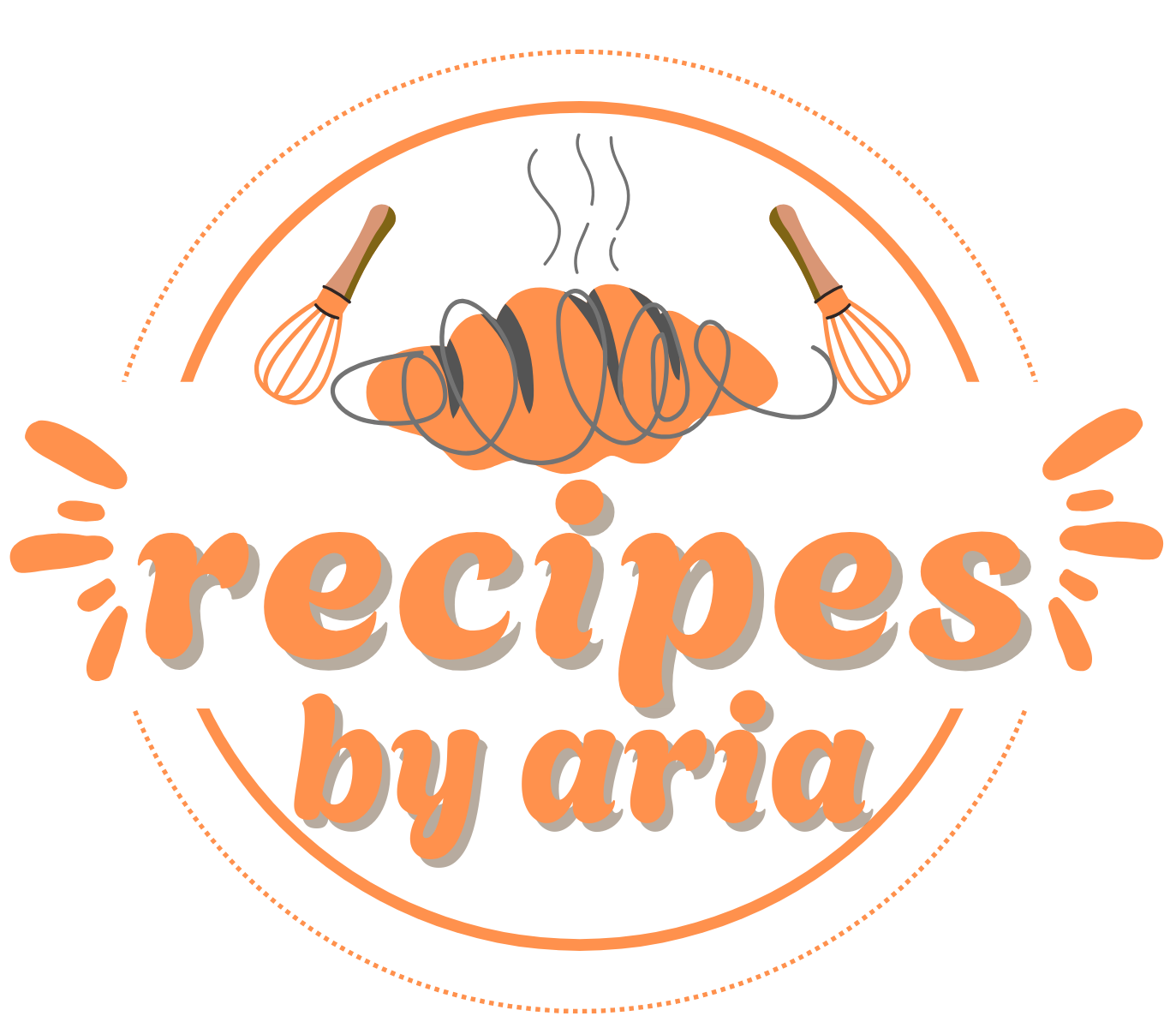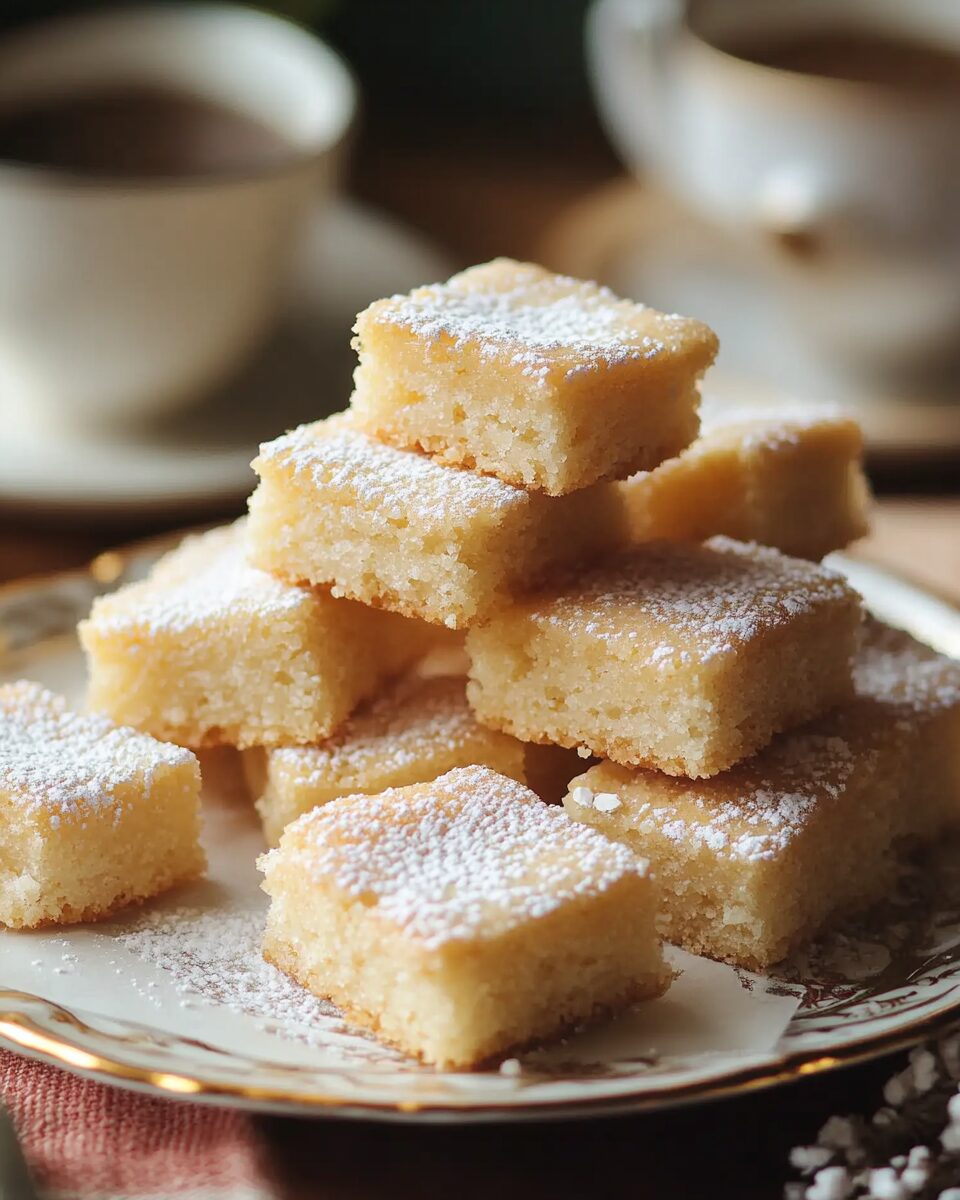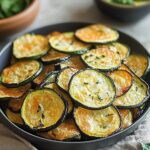Irish Shortbread is the epitome of simplicity and indulgence, combining just a few high quality ingredients to create a delightfully rich and crumbly texture. With its buttery flavor and melt-in-your-mouth consistency, this classic treat is perfect for afternoon tea, special occasions, or just a cozy moment at home.
The secret to the best Irish Shortbread lies in the butter premium Irish creamery butter like Kerrygold makes all the difference, elevating this humble biscuit into something truly exceptional. Whether you enjoy it plain or with a dusting of sugar, this traditional recipe is a timeless favorite that never disappoints.
Full Recipe:
Ingredients:
-
225g Kerrygold® Irish Creamery Butter (8 oz)
-
100g Caster Sugar, plus extra for sprinkling (1/2 cup)
-
225g Plain Flour (All-Purpose Flour) (1 cup)
-
125g Cornflour (Cornstarch) (1 cup)
Directions:
-
Preheat the oven to 190ºC (375ºF). Grease a 20×20 cm (8×8 in) baking tin with cooking spray and line it with parchment paper.
-
Cut the butter into cubes and add to a food processor with the sugar. Pulse a few times, then blend until smooth and pale. Scrape down the sides as needed.
-
In a medium bowl, sift together the flour and cornflour. Add the mixture to the food processor and pulse until just combined. Do not overmix; the dough should be crumbly.
-
Pour the mixture into the prepared baking tin and press it down firmly and evenly with floured hands. Prick the surface all over with a fork. If desired, score the dough into portions using a bench scraper or sharp knife.
-
Bake for 20-25 minutes, until the edges are lightly golden and the center looks set.
-
Remove from the oven and immediately sprinkle the top with extra sugar. Let cool in the tin for 5-10 minutes, then lift out using the parchment paper.
-
Transfer to a wire rack to cool completely. Cut into portions and enjoy!
Prep Time: 10 minutes | Cooking Time: 25 minutes | Total Time: 35 minutes
Kcal: 230 kcal per serving | Servings: 12
The Ultimate Guide to Irish Shortbread: A Timeless Classic
Introduction
Irish shortbread is a traditional treat that has been loved for generations. With its buttery richness, crumbly texture, and melt-in-your-mouth experience, it’s no wonder this simple yet elegant biscuit has remained a staple in Irish baking. This shortbread is often associated with family gatherings, afternoon tea, and festive occasions, making it a beloved part of Irish culture.
Unlike other cookies that rely on eggs or leavening agents, Irish shortbread sticks to a minimalist approach: just butter, sugar, and flour. This simplicity allows the quality of the ingredients to shine, making it essential to use the best butter available preferably authentic Irish butter like Kerrygold. The high-fat content and rich flavor of Irish butter give the shortbread its signature taste and texture.
In this guide, we’ll explore the history of Irish shortbread, why it’s different from Scottish shortbread, tips for making the perfect batch, and some delicious variations to try.
The History of Irish Shortbread
Shortbread has deep roots in the British Isles, with origins tracing back to medieval times. However, Irish shortbread has its own distinctive identity, shaped by the country’s dairy-rich agriculture and traditional baking techniques.
Ireland’s lush green pastures provide the perfect environment for producing high-quality dairy products, particularly butter. For centuries, Irish households have relied on fresh, creamy butter to create rich and flavorful baked goods, and shortbread is one of the finest examples of this tradition.
Originally, shortbread was considered a luxury, often reserved for special occasions such as Christmas, weddings, and family gatherings. Unlike other desserts that were heavily spiced or sweetened, shortbread was prized for its pure and buttery taste. Over time, it became more accessible and is now enjoyed as an everyday treat in many Irish homes.
Irish vs. Scottish Shortbread: What’s the Difference?
Irish and Scottish shortbread share many similarities, but they also have distinct characteristics that set them apart.
-
Butter Content
-
Irish shortbread typically uses a higher proportion of butter, particularly high-quality Irish butter, which has a creamier texture and richer taste.
-
Scottish shortbread often incorporates a firmer, drier butter, giving it a slightly denser texture.
-
-
Flour Composition
-
Irish shortbread recipes often include cornflour (cornstarch), which contributes to a softer, melt-in-the-mouth texture.
-
Traditional Scottish shortbread is usually made with only plain flour, resulting in a firmer, more crumbly texture.
-
-
Sweetness and Flavor
-
Irish shortbread is typically less sweet, allowing the butter’s natural richness to shine. Some variations include a dusting of sugar on top.
-
Scottish shortbread can be slightly sweeter and sometimes incorporates additional flavorings like vanilla or lemon zest.
-
Both types of shortbread are delicious in their own right, but Irish shortbread is known for its extra tenderness and luxurious buttery flavor.
Tips for Making Perfect Irish Shortbread
Even though Irish shortbread is simple to make, a few key tips can help you achieve the best possible results:
-
Use the Best Butter You Can Find
Since butter is the dominant flavor in shortbread, it’s crucial to use high-quality butter, preferably Irish creamery butter like Kerrygold. This will give your shortbread a richer taste and a more tender crumb. -
Don’t Overmix the Dough
Overworking the dough can lead to tough shortbread. The goal is to bring the ingredients together just enough to form a crumbly mixture that can be pressed into the baking tin. -
Chill the Dough Before Baking
If you have time, refrigerate the pressed dough for about 15-20 minutes before baking. This helps solidify the butter and prevents the shortbread from spreading too much in the oven. -
Prick the Dough with a Fork
Making small holes in the dough before baking helps prevent puffing and ensures even baking. It also gives the shortbread its traditional rustic look. -
Bake at a Low Temperature
Shortbread should be baked slowly at a moderate temperature (around 190°C / 375°F) to achieve an even golden color without browning too much. -
Let It Cool Before Cutting
Cutting the shortbread while it’s still warm can cause it to crumble. Allow it to cool in the tin for a few minutes before transferring it to a wire rack. Once fully cooled, slice into portions for the best texture.
Variations of Irish Shortbread
While traditional Irish shortbread is perfect as it is, you can experiment with different flavors and add-ins to create new variations:
-
Chocolate-Dipped Shortbread
-
Melt dark or milk chocolate and dip one end of each shortbread piece for a luxurious finish.
-
-
Lemon or Orange Zest
-
Add finely grated citrus zest to the dough for a fresh and aromatic twist.
-
-
Almond or Hazelnut Shortbread
-
Mix finely ground nuts into the dough for extra richness and a nutty flavor.
-
-
Lavender or Earl Grey Shortbread
-
Infuse the butter with dried lavender or finely ground Earl Grey tea leaves for a floral, fragrant taste.
-
-
Spiced Shortbread
-
Add a pinch of cinnamon, nutmeg, or cardamom for a warm, cozy variation perfect for winter.
-
How to Serve and Store Irish Shortbread
Serving Suggestions
Irish shortbread is incredibly versatile and pairs well with various beverages and desserts:
-
Enjoy it with a cup of tea or coffee for a classic afternoon treat.
-
Serve it with fresh berries and whipped cream for a light dessert.
-
Crumble it over ice cream or yogurt for added texture and flavor.
Storage Tips
-
Room Temperature: Store shortbread in an airtight container at room temperature for up to two weeks.
-
Freezing: To extend its shelf life, wrap the shortbread tightly in plastic wrap, place it in a freezer bag, and store it for up to three months. When ready to eat, thaw at room temperature.
Conclusion
Irish shortbread is proof that the simplest ingredients, when combined with care and quality, can create something truly special. Whether you enjoy it in its classic form or experiment with different flavors, this timeless treat is a delightful addition to any occasion.
The secret to perfect shortbread lies in the butter, the mixing technique, and the baking process. Using high-quality Irish butter like Kerrygold, handling the dough gently, and baking at the right temperature will ensure you achieve that signature melt-in-your-mouth texture.
Whether you’re making Irish shortbread for a special celebration, as a homemade gift, or simply as a personal indulgence, this beloved recipe is guaranteed to bring warmth and comfort with every bite.
So why not give it a try? With just a few ingredients and some simple steps, you can experience the rich tradition of Irish baking in your own kitchen.






